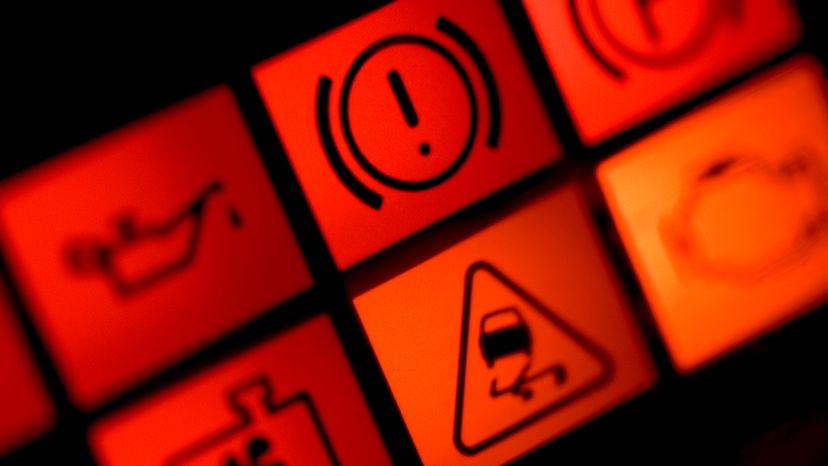
Brakes! They’re one of the most important safety features in any vehicle. But how to check brake fluid — now that’s a question every driver should know the answer to.
Understanding your car’s brake fluid level and condition can help you prevent bigger problems down the road (and trust us, it’s easier than you might think).
Advertisement
So, why should you learn how to check brake fluid? Because it’s essential for maintaining brake performance, especially as brake pads wear or if there's a brake fluid leak. Let’s open that hood, dive into the engine compartment and take a closer look at how this hydraulic magic works.